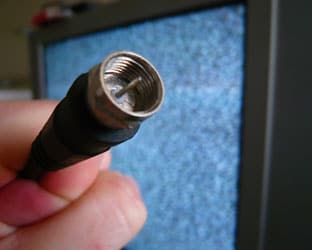Wasting no time, the FCC has established rules of the road for an analog night light as mandated by Congress, making it possible for eligible television stations to keep their analog signals on the air after the DTV deadline to instruct those left behind. Basically, any station that can continue analog broadcast without interfering with a digital signal may and is encouraged to use its analog signal for this purpose. Besides offering critical DTV info, the stations will be able to use the analog facilities to broadcast emergency information.
The Commission has identified stations whose analog signals meet certain spacing requirements, which encompass stations in 46 states, Washington DC, Puerto Rico and the Virgin Islands, and serve 136 of Nielsen’s 210 DMAs. FCC notes that its parameters are general, and it invites stations not on its preliminary list to apply to offer analog service. Also, for markets with no obvious station, it is willing to slightly relax interference thresholds to provide for at least on night light station.
The list of eligible stations is here:
http://hraunfoss.fcc.gov/edocs_public/attachmatch/FCC-08-281A2.pdf
Michael Copps joined with Jonathan Adelstein and Robert McDowell in endorsing the measure. However, he said that the engineering report may have been too conservative and should have made an effort to be more inclusive. All three encouraged stations not on this list to correct this flaw by applying for extended analog service.
RBR/TVBR observation: Perhaps the FCC’s engineering errs on the conservative side, but we are actually amazed they turned this around as quickly as they did. The ink is barely dry on the legislation that made this possible, and in Washington terms, where delay is the norm, this FCC action is a lightning strike. Broadcasters in the 64 unincluded markets should band together quickly and find the best local station to provide this vital post-DTV resource.




